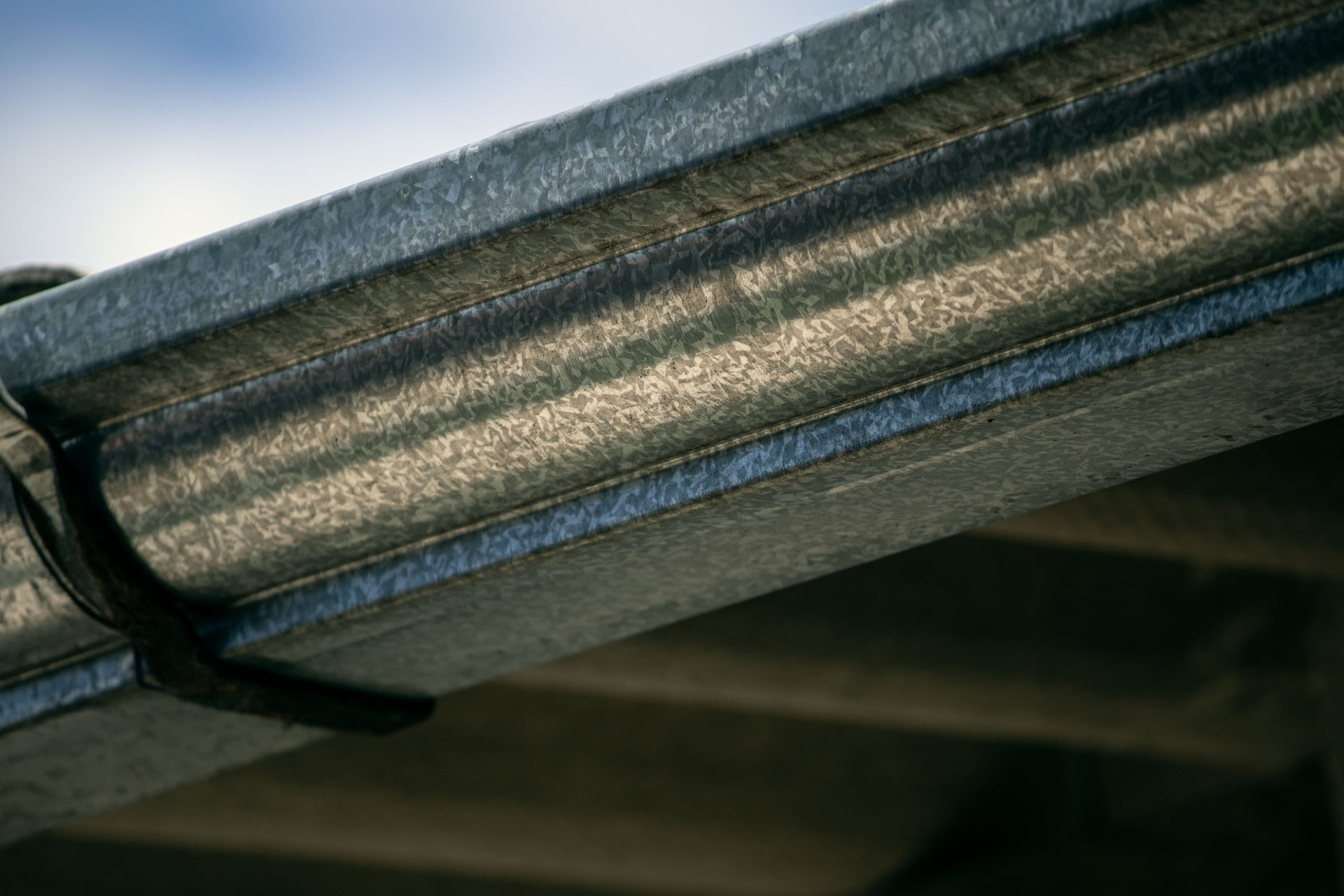What to Expect in Terms of Gutter Installation Costs
Replacing gutters is a great way to protect your home from serious water damage and prevent costly repairs. But the cost of doing so can quickly escalate.
Many factors affect the total price of gutter installation, including material and gutter style. In addition to the cost of the actual gutters, you’ll also need to pay for downspouts and other components, such as splash blocks and gutter guards.
Materials
Besides gutters, a complete gutter system requires accessories like hangers, downspout elbows, and splash blocks. The price of these components varies by gutter material and style, but they all add to the total gutter installation cost in Lafayette, LA. Additional accessories like gutter guards, downspout extensions, and heat tape can also drive up the price of a project.
If you opt for a sectional gutter system, consider that each length will overlap another by eight inches. It’s also important to make accurate measurements for all corners of your home. A miter saw is necessary for cutting the gutter sections to size. You’ll also need a ladder and a drill. If you’re uncomfortable working on a ladder or feel unsafe climbing a roof, it’s best to leave the job to a professional.
You’ll need a few extra items to complete the gutter installation process, including gutter end caps, flashing, and silicone glue. These items will help keep water from leaking into your house and seal gaps between the gutter and fascia board.
You can save on aluminum gutters by purchasing them at a discount or buying them during the off-season. However, low-gauge metal can rust or dent easily, so consider upgrading to a heavier-gauge option. You can also opt for a premium gutter system made of copper, which resists rust and won’t bend or crack under extreme weather conditions.
Installation
In addition to the gutters, your estimate will include various other hardware, including downspouts, elbows, gutter hangers, and splash blocks. On average, you can expect these fees to run about $2 to $4 per linear foot of gutters installed on a single-story home. This cost can vary based on your gutter material and style choices.
You can install your new gutters independently if you are a handy DIYer. However, this job requires significant manual labor and is often dangerous since you’ll be working from a ladder. Even a small mistake in measurement or installation can have devastating consequences for your gutters.
Professionals can complete the job much faster and more safely than you can. Additionally, they have access to tools and materials that you may need on hand and can reduce the potential for costly mistakes and long-term damage to your home.
Gutter systems are a necessary addition to any home. They help direct water away from your roof, foundation, and fascia boards, preventing sagging or rot and minimizing the appearance of stains and mold. They also protect your basement from flooding and avoid water stains on your siding. Contact a local roofing company for advice if you have any questions or concerns about your gutter system.
Downspouts
The downspout is an integral part of the gutter system that leads water from the roof to the ground. It protects the house from rotting fascia, foundation issues and other problems resulting from standing water.
Depending on the gutter material, downspouts can be made from copper, steel or aluminum. These vary in price and installation costs. Stainless steel is more expensive than aluminum but lasts longer. Gutter guards, which filter debris to reduce clogging and the need for cleaning, also increase installation costs. Other optional features, such as heat tape to prevent ice dams in cold climates, can add to the total cost.
The amount of downspouts needed will depend on the size of your home and the architectural style. Typically, a one-story home will require up to 200 feet of gutter and downspout, while two-story homes need up to 300 feet. Choosing the right downspouts is important as they are essential in ensuring that rainwater is safely directed away from the house.
If you are replacing an existing downspout, the first step is to remove the old downspout from its mounts on the gutter. Then, using a hacksaw, cut a hole in the gutter to match the downspout outlet. Next, insert the downspout drop outlet and secure it to the gutter with sheet metal screws or rivets. Finally, seal the hole and connection with a high-quality seam sealer.
Repairs
A gutter system carries water and snow away from a house’s foundation, protecting the structure from water damage. But as time passes, gutters can break, leak, or clog, necessitating repairs. These repairs can be costly.
Gutter repairs include repairing the gutter itself, reconnecting the downspout, and replacing or re-caulking the flashing. Homeowners may also need to return or re-install gutter hangers and splash blocks. Additional options, such as gutter guards and heat tape, can reduce the maintenance required to keep your gutters working properly.
Professionals can help homeowners avoid common gutter installation mistakes that could result in a higher cost later. For example, installing a new gutter without inspecting for existing water damage or at the wrong pitch could cause structural damage to the house or walls.
A homeowner completing DIY gutter repairs or replacement should have an extension ladder that extends to the roof and a tool kit with a cordless drill, tape measure, caulk gun, crimper, a hex head driver, and offset tin snips. However, if a homeowner is uncomfortable climbing ladders or fears heights, it’s best to leave this project to the pros. This will ensure gutters are installed correctly and safely, saving money in the long run. It’s also important to hire a pro that is familiar with local building codes.




